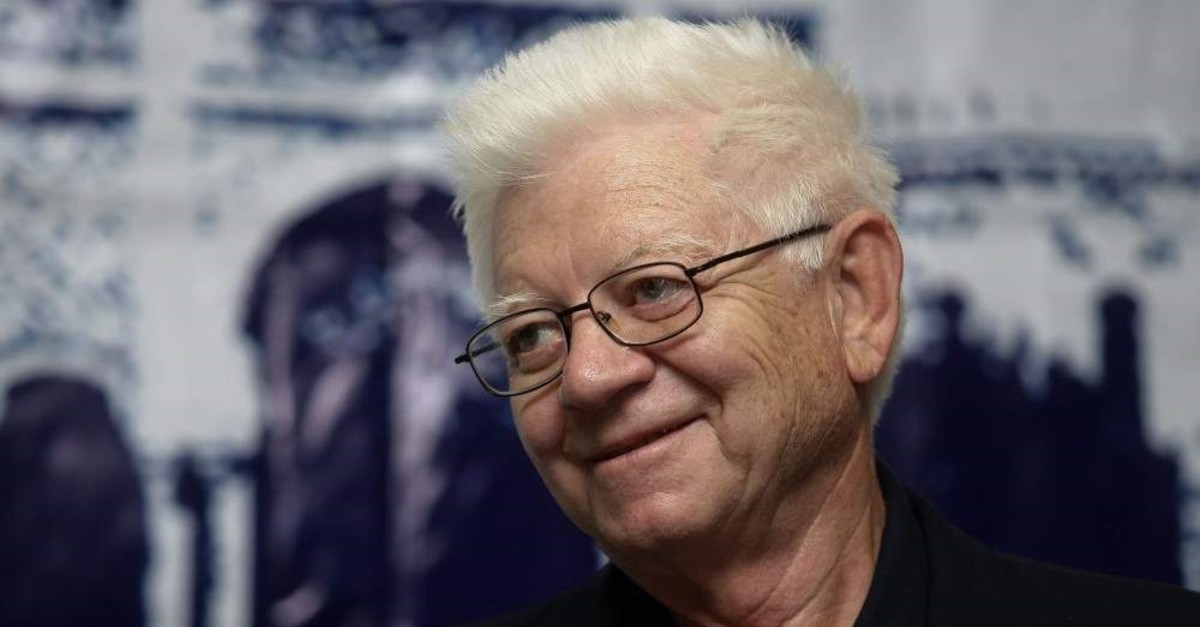Turkey has suffered a brain drain for decades. Though migration is nothing new for Turkey because it welcomed migrants from all neighboring countries during and after the collapse of the Ottoman state and sent millions of workers to European countries beginning with the 1960s, the reverse migration of the educated population has always been a loss of social and cultural capital for the country. Turkey has deliberately sent students abroad to participate in advanced studies in their fields and return back to promote the scientific and vocational culture of Turkey with acquisitions they have gained in the target country.
Yet, some chose to stay abroad in spite of the fact that a vast majority returned back. Among those who have chosen the greater employment opportunities available in the destination locations, some individuals such as Aziz Sancar, who received the 2015 Nobel Prize for Chemistry, and Oktay Sinanoğlu accomplished tremendous scientific breakthroughs. The fact Sancar and late Sinanoğlu expressed their patriotic feelings about their homeland shows that the brain drain is not only a political issue but also a matter of resources.
EARLY LIFE
Oktay Sinanoğlu was born in Bari, Italy on Feb. 25, 1935, to Nüzhet Haşim and Rüveyde (Karacabey) Sinanoğlu. Nüzhet Haşim was a Turkish diplomat and a writer. He wrote books about the classical culture of Europe, including a volume on Greek and Roman mythology and another on Petrarca. In the preface of his work on Petrarca, Nüzhet Haşim stated that he thought that the best path for Turkey was to adopt Western culture. The Sinanoğlu family returned to Turkey before World War II erupted. Oktay had a sister, Esin Afşar, a famous singer and composer who was also born in Italy a year after Oktay who passed away in 2011.
Oktay Sinanoğlu graduated from TED Koleji, a private high school in the capital Ankara, in 1951. Two years later, he went to the U.S. where he studied at the University of California, Berkeley, graduating with a Bachelor of Science degree with highest honors in 1956. The following year, he completed his Master of Science at MIT and was awarded the Sloan Research Fellowship. He completed his predoctoral fellowship and earned his Ph.D. in physical chemistry from the University of California, Berkeley. Kenneth Pitzer was his doctoral advisor.
SCIENTIFIC ACCOMPLISHMENTS
Sinanoğlu began teaching at Yale University in 1960. He was appointed full professor of chemistry three years later at age 28, which made him the third-youngest full professor in the history of the school.
In 1963, Sinanoğlu married to Paula Armbruster, who was a graduate student at Yale. Their marriage ceremony was held at the chapel of the university.
Sinanoğlu founded the theoretical chemistry division at Yale in 1964. During his tenure at Yale, he developed such impressive works like “Many Electron Theory of Atoms and Molecules” (1961), “Solvophobic Theory” (1964), “Network Theory of Coupled Chemical Reactions” (1974), “Microthermodynamic surface tension” (1981), and “Valency Interaction Formula Theory” (1983).
Sinanoğlu developed a revolutionary method carrying his name, the “Sinanoğlu Made Simple,” published in 1988, depending on his own mathematical theories. With the help of this research system, and using simple pictures, chemists could predict the ways in which complex chemical reactions would proceed and solve complex problems in quantum chemistry.
Sinanoğlu retired in 1997 after working for nearly 40 years at the same university. During his time at Yale, Sinanoğlu served as a frequent consultant to several Turkish universities and to the Scientific and Technological Research Council of Turkey (TÜBİTAK) as well as to the Japan Society for the Promotion of Science (JSPS). In 1962, the board of trustees of Middle East Technical University in Ankara dignified him with the title “consulting professor” for the first time and unique only for him.
After being retired from Yale, Sinanoğlu returned to Turkey and served as a chemistry professor at Yıldız Technical University in Istanbul until 2002.
DEFENDER OF TURKEY
Sinanoğlu publicly displayed his patriotism and love for his country and mother tongue in the books he wrote and the conferences and TV speeches he made after his return. However, this was not the first time he served his country. In 1973, he was sent to Japan as the special representative of the Turkish Republic. Consequently, the state awarded him the title “Professor of the Republic” in 1975.
Though he studied science and wrote in English for decades, Sinanoğlu defended that education in Turkey should be completely in Turkish. He was against the foreign language education in such prominent universities as Middle East Technical University and Boğaziçi University. He also offered Turkish equivalents for the foreign words used in Turkish.
Sinanoğlu was awarded for his scientific work both in Turkey and abroad. He received the 1973 TÜBİTAK Science Prize, the 1973 Alexandre von Humboldt Research Award for Chemistry and the 1975 International Outstanding Scientist Award of Japan. Sinanoğlu was also a two-time nominee for the Nobel Prize for Chemistry.
He authored many books including his scientific works together with his political and linguistic approach, best expressed in such popular books as “Hedef Türkiye” (“Turkey on Target”) and “Bye Bye Türkçe” (“Bye Bye Turkish”).
Sinanoğlu died on April 19, 2015, in Florida. His funeral was held in Şakirin Mosque and his body was buried in Karacaahmet Cemetery in Üsküdar, Istanbul on April 26, 2015.
Last Updated on Jan 17, 2020 1:23 am










Discussion about this post